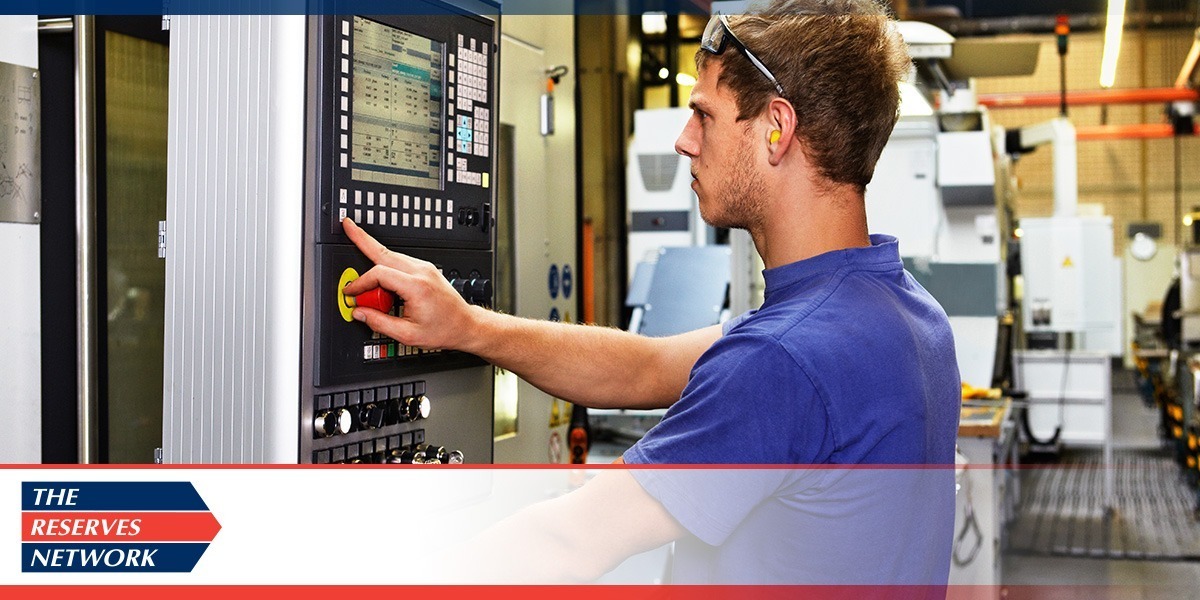What’s in Store for Manufacturing in the Second Half of 2018?
The pace of innovation in manufacturing has accelerated significantly in the last few years, and 2018 has seen many companies adopt new technologies with the capacity to disrupt the industry as a whole. During the second half of 2018, we can expect to see massive changes in the global manufacturing industry as a result of the increased accessibility of smaller-scale and sustainable capabilities. These trends aren’t necessarily the result of new technology being created, however. In many cases, it simply involves repurposing the old to keep up with the times.
Environmentally-Sustainable Manufacturing
It’s no secret that “green” and “sustainable” are trendy buzzwords. Green technology has finally advanced to the point where it can be profitably incorporated into all kinds of different manufacturing processes. Raw materials aren’t getting any cheaper, and often the waste products of one process can become the input for another, which increases profitability for both primary and secondary processes. Some companies have embraced good corporate citizenship through sustainable practices as part of their identity, and consumers are increasingly drawn to sustainably-manufactured processes as fears of climate change become more pronounced.
Embedded Devices and Microcomputers
The past 12 months have seen a massive increase in the adoption of embedded technologies and DIY micro-computer offerings. It’s only a matter of time before these home-brewed technologies make their way into the market as affordable alternatives to high-end, engineered manufacturing machinery. Look no further than the explosion of 3D printing technology and the way it has upended prototyping to see the potential for programmable microcomputers to disrupt the status quo in the manufacturing industry.
On the end-user side, it has become much easier to add functionality to manufactured goods—gone are the days when only the most expensive appliances came with digital clocks. Soon every toaster, tower and toothbrush will be reporting usage statistics and battery life to the user by Bluetooth, and transmitting its location to the owner’s cellphone around the clock.
Artificial Intelligence
Artificial intelligence has been done a huge disservice by the flagship products have come to embody it. Nobody likes their Alexa to laugh at them or record their conversations. In the latter half of 2018, we will begin to see this technology adopted by smaller players, and particularly in the fields of predictive maintenance and automation. Self-driving cars have gained significant license recently, and we can expect widespread adoption once more of the kinks have been worked out and the element of danger dissipates from public perception. Some cities have already begun trials for self-driving public transit, and oil companies have been using self-driving haul trucks for years, with full-scale deployment just over the horizon.
Early Adopters Reap the Benefits of Disruptive Technologies
By using green technologies, micro-scale computing technology and artificial intelligence, small-to-mid sized manufacturing operations can harness the disruptive capacity of these innovations with much greater ease than large, established players whose stake in the market is based on the very economies of scale that these new technologies are challenging. Smaller players are coming around to the idea that the economy of scale is no longer the holy grail of manufacturing, and the latter half of 2018 will see the most successful early adopters challenging the old dogma. Success in this new era of manufacturing will be heavily influenced by a forward-looking corporate culture and staffing decisions that prioritize employees’ willingness to embrace new technology.
If you need assistance in workforce planning to keep up with the rapid changes that are coming, let The Reserves Network assist you with finding the most flexible, adaptable and skilled employees to make your manufacturing business a success.




